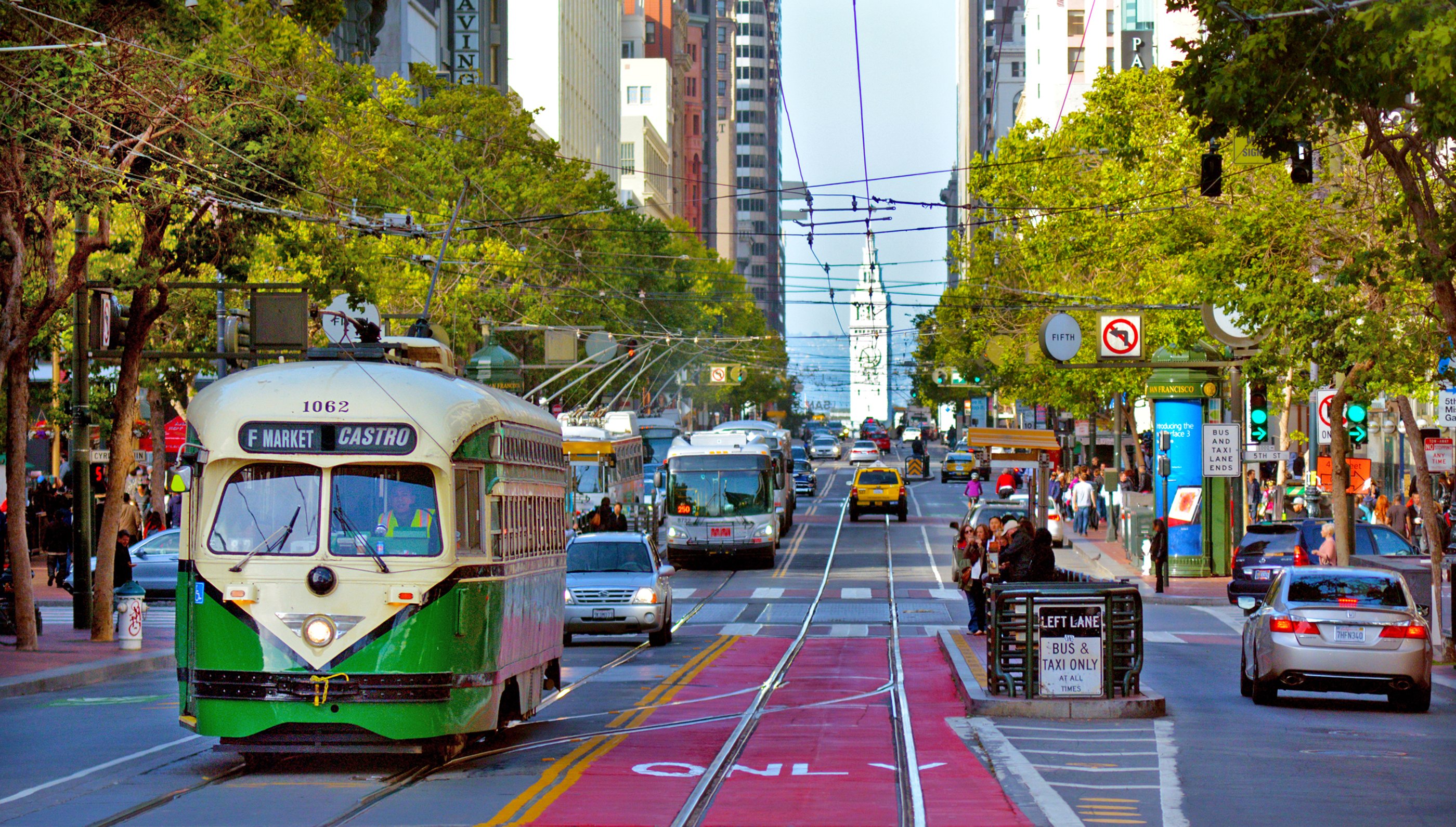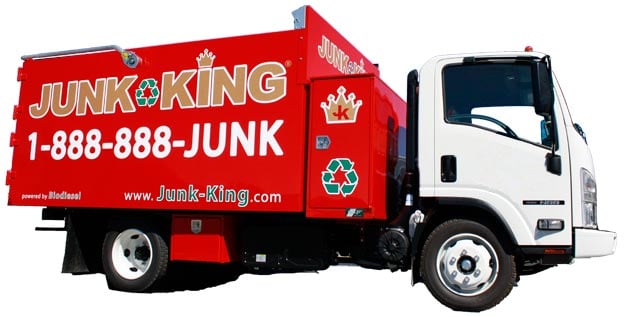
While vaccine access has greatly improved in the last months, questions remain about what Bay Area transit will look like when the crowds come back.
And not just the tourists. With more people working from home and public transit operating on a smaller scale, area transportation authorities have many challenges ahead in the coming months.
Among local travel news, a few major headlines have highlighted those changes.
1. Toll Collectors Not Coming Back
Even when the COVID-19 pandemic has receded enough for a new sense of the old normal, there will be no more toll takers on the bay area bridges.
Gov. Newsom originally pulled the workers out of the booths last year, when pandemic concerns led him to get the workers out for the sake of health. An April 8, 2021, report on KQED stated the 250 employees that had been working on the bridges, all employees of Caltrans, would be placed in new positions within the agency.
However, the governor’s decision also quickened the pace on going completely cashless in favor of an all-electronic toll system, which authorities hope will increase traffic flow and eliminate the traditional toll booth slowdowns by drivers having to suddenly look for spare change to pass the booth.
2. Federal infrastructure plans may prove useful
The $2.3 trillion infrastructure package currently being championed by President Joe Biden could prove a huge benefit to Bay Area transit, as capital projects long in storage due to funding could be given new life.
The San Francisco Examiner reported those projects could include a Bay Area Regional Transit connection between San Jose and Santa Clara, high-speed rail between the Central Valley and Silicon Valley, and carpool/express lanes.
The projects could benefit from new thinking on what gets defined as an infrastructure project. While traditional definitions focused on building new roads and maintaining/repairing older ones, new definitions could expand on concepts like how transportation functions on the existing roads and placing new emphasis on prioritizing mobility.
No final action has been taken on the infrastructure bill as of April 9, 2021.
3. Preparing for Returning Workers
How bay area transit will look and function in a post-COVID world remains the biggest question.
As of early April, the cable cars have not been brought out for usage, the downtown traffic remains limited due to many people working from home, and it’s not known whether the future of area transportation will resemble pre-2020 past.
For example, Bay Area Regional Transit buses continue to operate, but will only allow 30 passengers at a time rather than the pre-pandemic total of 120. To ensure ridership, public transit companies will have to reinforce rider confidence in clean travel environments. And with mask mandates being a reality for the indefinite future, it’s unknown when the buses will resume full capacity trips.
And that’s assuming the ridership will be there, too. While tourists and business regulars will return, many workers who have discovered the functionality of working from home might not, especially if employers warm up to any long-term benefits of remote working.

